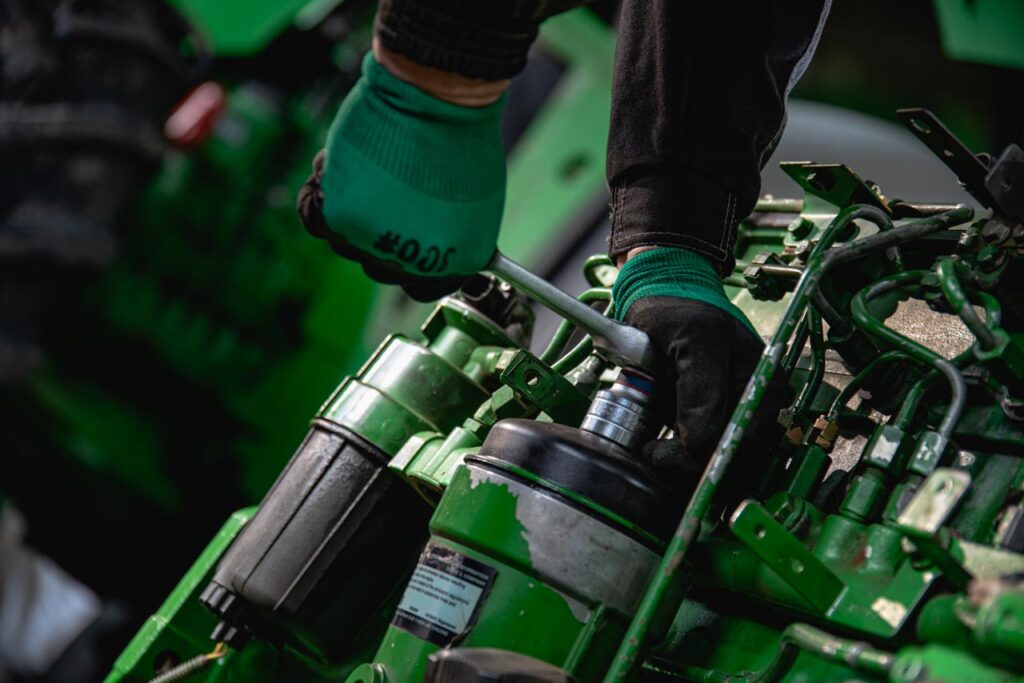During the development of new regulations for the maintenance of agricultural machinery, the company conducted a number of experiments and analyses to improve the efficiency and reliability of procedures. Here are some aspects they could consider:
Operating conditions:
Assessment of the actual operating conditions of equipment on the field.
The study of the effects of various climatic and soil conditions on the operation of mechanisms.
Problem analysis:
The study of typical breakdowns and malfunctions faced by users.
Analysis of data on the frequency and causes of calls to service centers.
Wear and durability:
Assessment of the degree of wear of key parts and components of the equipment.
Conducting durability tests to determine the service life of various components.
Feedback from users:
Collecting feedback and suggestions from farmers and equipment operators.
Analysis of user reactions to current maintenance processes.
Technological progress:
Exploring new technologies and innovations in agriculture that may affect service requirements.
Comparative analysis with competitors:
The study of maintenance approaches used by other manufacturers of agricultural machinery.
Cost and resource analysis:
Assessment of the economic efficiency of various maintenance methods.
Consideration of possibilities for optimizing repair and maintenance costs.
Based on these analyses and experiences, the company can develop more effective and adapted to real conditions maintenance regulations for its agricultural machinery.

